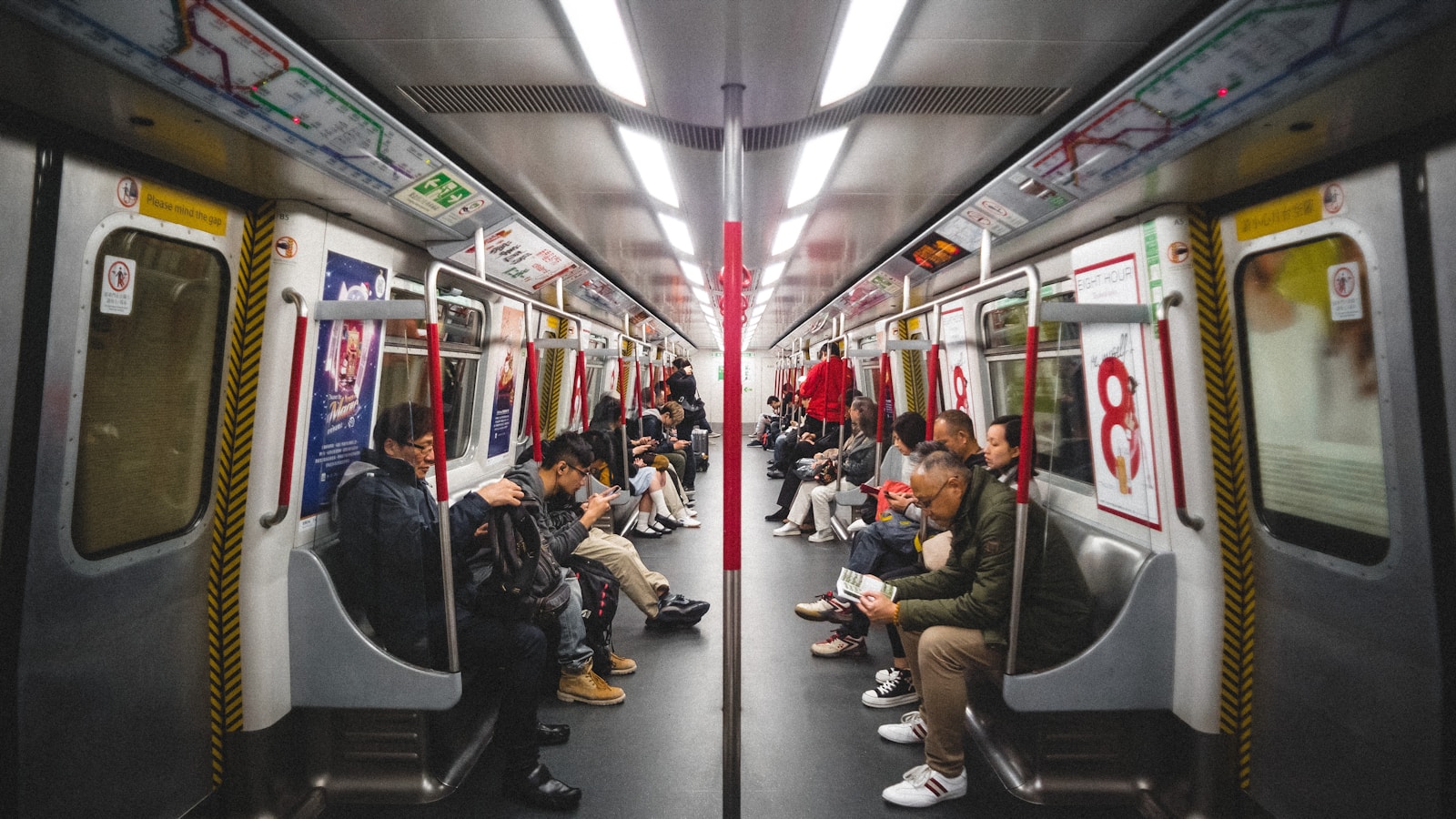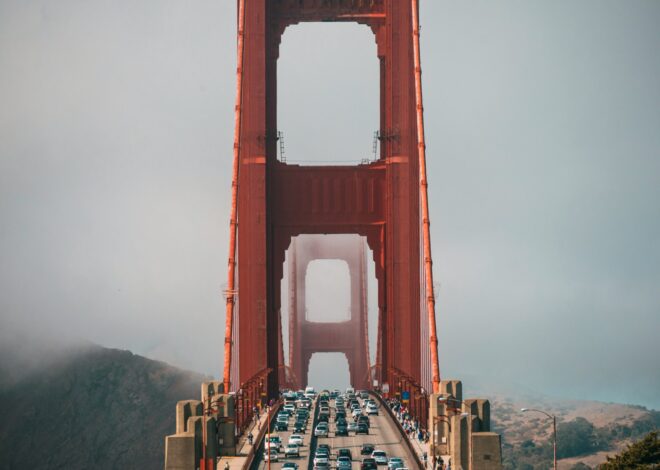
Mastering Public Transport Worldwide: A Beginner’s Guide
Introduction
For the savvy traveler, mastering the art of navigating public transportation is a gateway to deeper cultural immersion and independence. From the intricate subway systems of Tokyo to the bustling bus routes of Bogotá, each city offers a unique journey into the heart of its daily life. Learning to maneuver through these diverse systems not only saves you time and money but also enriches your travel experience, connecting you to hidden gems and local lifestyles. This guide aims to demystify public transport worldwide, equipping you with the knowledge and confidence to travel like a local, wherever you go.
Understanding Public Transport Systems
Public transportation serves as the lifeblood of urban mobility across the globe, varying widely from one region to another. Here’s what you typically encounter:
Types of Public Transportation:
- Subways and Metros: Fast and frequent, ideal for major cities with dense populations.
- Buses: Versatile and extensive, covering areas not reached by rail.
- Trams and Light Rail: Often found in historic cities, offering scenic routes and reliable service.
- Ferries: Used in cities with significant waterways, providing not just transit but also picturesque views.
Payment Systems:
- Reloadable Cards: Such as London’s Oyster or Tokyo’s Suica, which can be topped up and used across various modes of transport.
- Mobile Apps: Many cities offer apps that let you purchase tickets, plan routes, and even track live transit times.
- Single-use Tickets: Available for purchase at stations or onboard, often used by infrequent travelers or tourists.
Understanding these basics will help you swiftly adapt to any city’s public transport network, ensuring you make the most of your travels by staying mobile and informed.
Key Tips for Navigating Public Transport
Navigating public transportation like a pro involves more than just knowing the routes. Here are some essential tips to enhance your transit experience:
Reading Maps and Schedules:
- Understand Symbols and Colors: Transit maps use various symbols and colors to denote different lines and services. Familiarize yourself with these before your journey.
- Check Service Times: Especially in cities where public transport isn’t 24/7, knowing the operational hours is crucial to avoid being stranded.
Safety and Etiquette:
- Stay Alert: Keep your belongings secure and be aware of your surroundings, especially during peak travel times.
- Follow Local Etiquette: Whether it’s giving up your seat to the elderly or the expected quietness on Japanese trains, respecting local customs is key.
Handling Peak Hours:
- Avoid Rush Hours if Possible: Traveling during off-peak times can make for a more comfortable and less crowded journey.
- Plan Extra Travel Time: If traveling during peak hours is unavoidable, allow for potential delays in your schedule.
With these tips, you can confidently maneuver through any public transport system, making your travel smoother and more enjoyable.
Regional Focus: Asia
Tokyo’s Subway:
- Known for its punctuality and extensive network, Tokyo’s subway system can be daunting. English signage is plentiful, and prepaid Suica cards make transactions seamless.
- Cultural Tip: The cars are famously quiet, so keep conversations and phone calls to a minimum.
Mumbai’s Local Trains:
- These trains are the lifeline of Mumbai, moving millions daily. Opt for first-class tickets to avoid overcrowded compartments.
- Travel Tip: Be prepared for very crowded trains during peak hours and watch for rapid boarding and disembarking.
Seoul’s Metro:
- Seoul’s metro is known for its cleanliness and efficiency. T-Money cards can be used across buses and trains.
- Tech Tip: Utilize apps like ‘Seoul Subway’ for real-time schedules and station alerts.
These insights into Asian public transport systems show how regional nuances significantly affect the travel experience. Each system has its quirks, and knowing them can significantly improve your journey.
Regional Focus: Europe
Europe’s public transport systems are known for their efficiency and connectivity. Here’s a closer look at a few iconic systems:
London Tube:
- The world’s oldest underground system, the Tube is both a historic and extensive network. An Oyster card is essential for cost-effective travel across zones.
- Travel Tip: Look out for the signs indicating when the next train is due, which are incredibly accurate.
Berlin U-Bahn:
- Known for its punctuality and the unique art in many of its stations, the U-Bahn is a reliable mode of transport in the German capital. Day tickets are handy for tourists.
- Cultural Note: It’s common for tickets to be checked rigorously; always ensure your ticket is validated before boarding.
Paris Métro:
- One of the densest metro systems in the world, the Métro gets you close to nearly all the major tourist attractions in Paris. Using a Navigo Découverte pass can save frequent riders time and money.
- Etiquette Tip: It’s customary to give up your seat to elderly and pregnant passengers, and remember to press the door button—they don’t always open automatically.
These systems highlight the blend of historical significance and modern efficiency, typical of European transit.
Regional Focus: Americas
The Americas offer a variety of public transportation experiences, from the historic subways of New York to the bus rapid transit systems of Bogotá.
New York City Subway:
- Operating 24/7, the NYC subway has a complex network that can seem intimidating but is quite comprehensive. MetroCards are used for payment, with refill options available at most stations.
- Safety Tip: Keep an eye on service changes, especially on weekends and late nights, which can alter usual routes.
Buses in Bogotá:
- TransMilenio, Bogotá’s rapid bus system, is one of the most extensive and used systems in the world. Learning the routes can be challenging but rewarding for thorough city exploration.
- Local Advice: Avoid rush hours when buses can be exceptionally crowded, and always keep personal belongings secure.
Mexico City Metro:
- One of the cheapest yet most efficient metro systems globally, it can get you almost anywhere in the city. Tickets are inexpensive, and the network is well-connected.
- Cultural Insight: Be mindful of the ‘Women and Children Only’ carriages during peak hours, a unique feature aimed at improving safety.
From underground subways to bus rapid transits, the public transportation options in the Americas cater to a vast range of needs and preferences.
Regional Focus: Middle East and Africa
Public transport systems in the Middle East and Africa vary widely, from ultra-modern metros to more traditional bus services. Here are insights into a couple of notable systems:
Dubai’s Metro:
- Known for its sleek, driverless trains, Dubai’s metro is a hallmark of modernity. It connects major attractions and is incredibly clean and safe.
- Tech Tip: Use the Nol card for access to metro, buses, and even taxis, and recharge it online or at stations.
Buses in Cairo:
- Navigating Cairo by bus can be daunting due to the lack of clear schedules and routes. However, it offers an authentic glimpse into the daily lives of locals.
- Local Advice: Always have small change handy for bus fares, as drivers might not have change for larger bills.
These regions showcase a contrast between cutting-edge developments and traditional practices, providing a unique challenge for travelers.
Regional Focus: Oceania
In Oceania, public transport systems are not as dense but are tailored to both urban and scenic travel needs. Here’s a look at systems in two major cities:
Sydney’s Buses and Ferries:
- Sydney’s integrated public transport system includes buses and ferries, essential for exploring both the urban sprawl and the beautiful harbors. Opal cards provide easy access to all forms of transport.
- Scenic Tip: Take a ferry for stunning views of the Harbour Bridge and the Sydney Opera House as part of your regular travel.
Auckland’s Integrated Transport System:
- Auckland’s transport includes buses, trains, and ferries, managed under the AT HOP card system, which offers convenience and savings for frequent travelers.
- Travel Tip: Plan your journey with the AT Mobile app to integrate all modes of transport efficiently and catch the best routes.
Oceania’s systems offer a pleasant mix of efficiency and scenic travel, making them ideal for both commuting and sightseeing.
Leveraging Technology for Public Transport
Modern technology plays a crucial role in enhancing public transport usability worldwide. Here are some of the best ways technology can aid your transit experience:
Navigation Apps:
- Apps like Citymapper and Google Maps provide real-time updates, route options, and step-by-step navigation, helping you maneuver through unfamiliar cities with ease.
Digital Tickets and Payment:
- Many cities now offer apps that allow you to buy and store tickets on your phone, reducing the need for physical tickets and making transitions smoother.
Real-Time Information:
- Real-time tracking apps keep you updated on arrival times, delays, and even crowd levels, allowing you to plan your journey more effectively.
Incorporating these technological tools into your travel plans can significantly streamline your public transport experience, making it more enjoyable and efficient.
Conclusion
Mastering public transport is an essential skill for any global traveler. With the right knowledge and tools, you can navigate various transport systems efficiently, allowing you to explore cities deeply and authentically. Embrace these tips and technologies, and you’ll transform travel challenges into exciting adventures.



